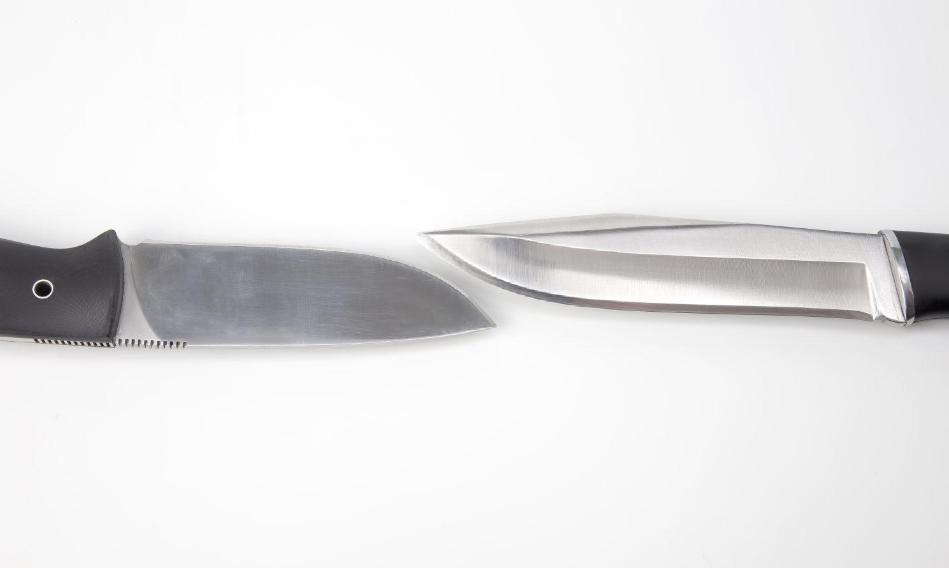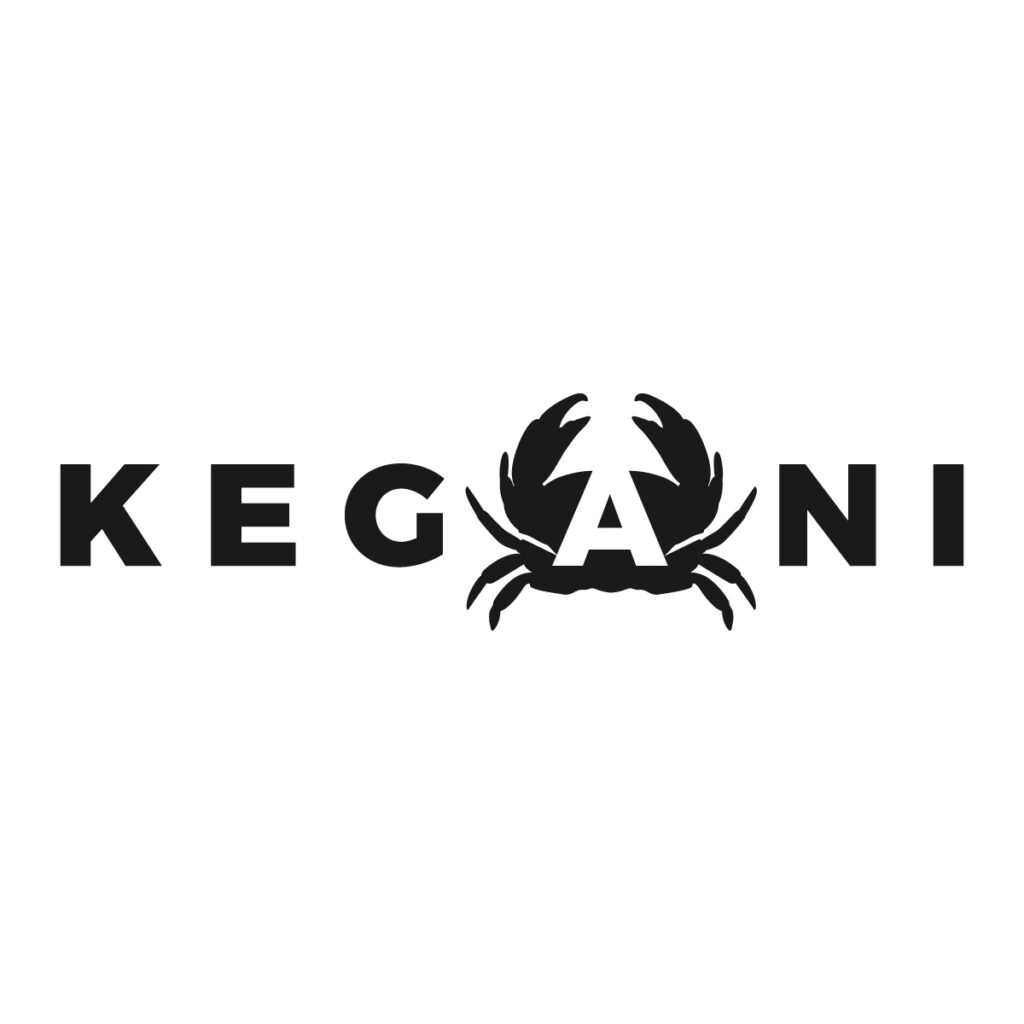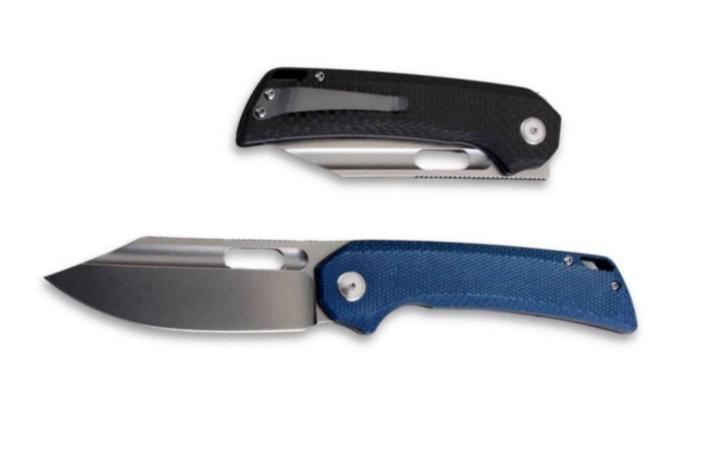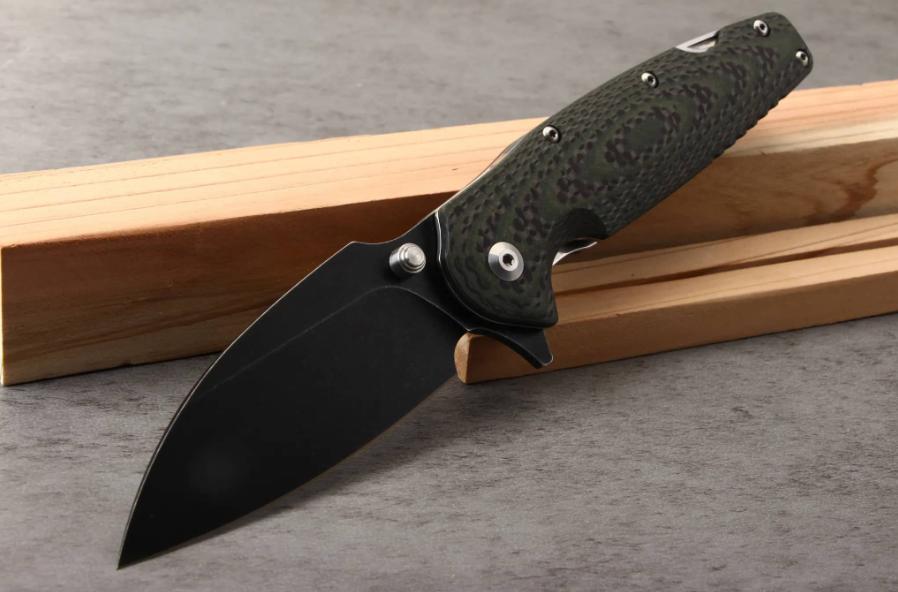Nitro-V and 14C28N are two high-performance stainless steels with remarkably similar properties, both renowned for their high toughness, good corrosion resistance, and ease of sharpening. They are widely used in everyday carry (EDC) knives, kitchen knives, and outdoor tools.
This article aims to help you make an informed choice based on your specific needs and budget by providing a detailed comparison of their subtle differences.
Nitro-V vs 14C28N: steel overviews

Nitro-V
Nitro-V was developed in 2017 by New Jersey Steel Baron (NJSB) in collaboration with Buderus Steel, based on AEB-L. It was optimized for hardness, toughness, and corrosion resistance by adding nitrogen (≈0.110%) and vanadium (0.079%). As a relatively new steel, Nitro-V has not yet accumulated the same level of user experience as 14C28N, but its innovative composition may offer new options for knife manufacturers and consumer
14C28N
14C28N was introduced in 2008 by Swedish company Sandvik (now Alleima) as an upgrade to 13C26. It features increased chromium content (14.0%) and the addition of nitrogen (0.11%) to enhance corrosion resistance while maintaining good toughness and edge stability. It is a popular choice in the mid-range knife market, offering an excellent performance-to-price ratio. As a time-tested steel, 14C28N has gained widespread application and user recognition in the market.
Nitro-V vs 14C28N: composition comparison
Understanding the chemical compositions of Nitro-V and 14C28N is key to grasping their performance differences:
| Element | Nitro-V | 14C28N | Function |
|---|---|---|---|
| Carbon (C) | 0.68% | 0.62% | Increases hardness and wear resistance |
| Chromium (Cr) | 13% | 14% | Enhances corrosion resistance and hardness |
| Manganese (Mn) | 0.6% | 0.6% | Improves hardenability and toughness |
| Silicon (Si) | 0.4% | 0.2% | Deoxidizer, enhances strength |
| Nitrogen (N) | 0.11% | 0.11% | Increases hardness and corrosion resistance |
| Vanadium (V) | 0.079% | – | Forms hard carbides, improves wear resistance |
Similarities: Nitro-V and 14C28N are very similar in composition, with almost the same amount of carbon and nitrogen. This means both steels offer similar hardness and corrosion resistance.
Key Differences: The main difference is in the small amounts of extra elements each steel uses. Nitro-V adds a little vanadium, which can help with edge retention, but the amount is quite low, so the effect is not very strong. On the other hand, 14C28N has slightly more chromium, which gives it a bit better corrosion resistance.
Start Working with a Professional Now
Nitro-V vs 14C28N: performance battle
The following table provides a quick overview of how Nitro-V and 14C28N compare in key performance areas and price:
| Performance Metric | Nitro-V | 14C28N |
|---|---|---|
| Corrosion Resistance | 7/10 | 8/10 |
| Hardness | 58-62 HRC | 55-62 HRC |
| Toughness | 9/10 | 9/10 |
| Edge Retention | 4/10 | 4/10 |
| Ease of Sharpening | Easy | Easy |
| Price | Higher | Lower |
Corrosion resistance
14C28N, with its 14% chromium content, has slightly better corrosion resistance than Nitro-V (13% chromium). Both contain 0.11% nitrogen, which further enhances rust resistance. According to Knife Steel Nerds, 14C28N scores 8 for corrosion resistance, while Nitro-V scores 7.
This makes 14C28N more suitable for humid or marine environments, though Nitro-V is still adequate for most everyday uses.
Hardness
Both Nitro-V and 14C28N can achieve a hardness of 62 HRC through heat treatment. Nitro-V, with its slightly higher carbon content (0.68% vs. 0.62%), can theoretically reach a higher hardness (up to approximately 64 HRC), but in practice, knife manufacturers typically heat treat both to similar levels (around 60 HRC).
Thus, the difference in hardness is negligible, and both are suitable for knives requiring high hardness.
Toughness
Toughness refers to a steel’s ability to resist chipping and breaking. Both Nitro-V and 14C28N are known for their fine carbide structures, which provide excellent toughness. Knife Steel Nerds rates both at 9 out of 10 for toughness, significantly higher than many powder metallurgy stainless steels like SG2 or S35VN.
This makes both ideal for impact-resistant knives such as outdoor or EDC knives.
Edge retention
Edge retention indicates how well a blade maintains its sharpness over extended use. Although Nitro-V contains 0.079% vanadium, which can form hard carbides to improve wear resistance, the amount is too low to significantly enhance edge retention. Knife Steel Nerds rates both steels at 4 for edge retention, indicating that the difference is negligible.
Both are suitable for everyday cutting tasks but do not match the performance of high-carbide steels like D2.
Ease of sharpening
Both steels have fine carbide structures, making them easy to sharpen with standard sharpening tools. The vanadium carbides in Nitro-V might make it slightly more challenging to sharpen, but given the low vanadium content (0.079%), the impact is minimal.
Both Nitro-V and 14C28N can be quickly sharpened to a razor-like edge, making them suitable for DIY sharpening or mass production.
Start Working with a Professional Now
Price comparison
In recent years, 14C28N has benefited from a mature production system and stable raw material supply, resulting in relatively stable and generally lower prices compared to Nitro-V by 10%–20%. For example, common bar stock of 14C28N is priced between $17–$60, while Nitro-V tends to be 15%–30% more expensive. Prices vary depending on suppliers and market fluctuations.
- 14C28N
- Manufacturer: Alleima (formerly Sandvik)
- Distribution: Available through multiple global distributors with ample stock
- Advantages: Standardized production, economies of scale, transparent and stable pricing
- Nitro-V
- Manufacturer: Exclusive to New Jersey Steel Baron (NJSB)
- Distribution: Limited to authorized dealers
- Characteristics: Newer steel with a more closed supply chain, making prices more susceptible to fluctuations based on supply and demand from a single vendor
Usage scenario recommendations
Since Nitro-V and 14C28N have similar performance, if your usage scenario doesn’t involve extreme conditions, you can choose based on price or aesthetic preferences, as the performance difference won’t significantly impact your experience. Subtle differences include:
Nitro-V
Suitable for scenarios requiring high toughness and slightly better edge retention, such as field cutting or everyday use. Due to its limited supply chain and production capacity, prices can fluctuate more, but it may still offer a price advantage in some markets, making it suitable for users with flexible budgets.
14C28N
With its 14% chromium content, it offers better corrosion resistance, making it particularly suitable for high-humidity environments like kitchens or marine settings. Additionally, due to large-scale production, 14C28N prices are relatively stable and often lower than Nitro-V, making it ideal for budget-conscious users who prioritize low maintenance.
Choosing the right steel
Nitro-V and 14C28N are both excellent knife steels, offering nearly identical toughness, corrosion resistance, and ease of sharpening. Nitro-V has a slight edge in edge retention, while 14C28N excels slightly in corrosion resistance. When choosing, consider your usage environment, maintenance habits, and budget.
Ready to find the perfect knife for your needs? At Keganico, we specialize in helping you source high-quality knives tailored to your specifications.
Whether you’re looking for OEM services or need expert advice on steel selection, our team is here to assist. Get in touch with us today to start your inquiry and take the first step towards your ideal knife.



